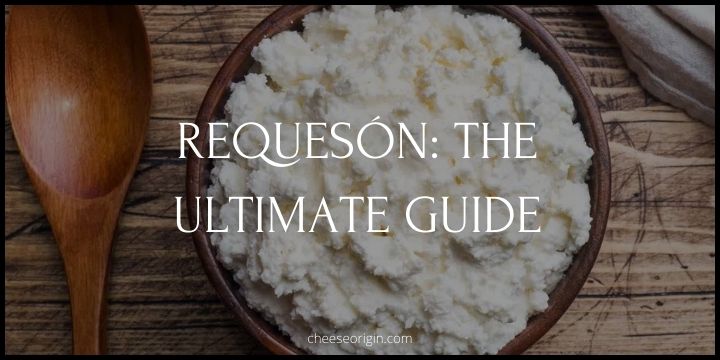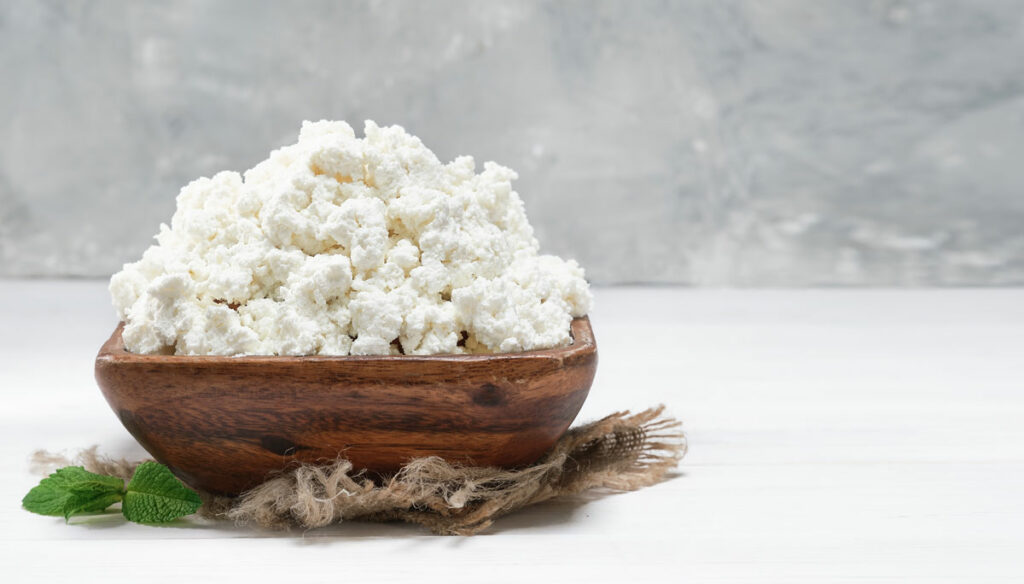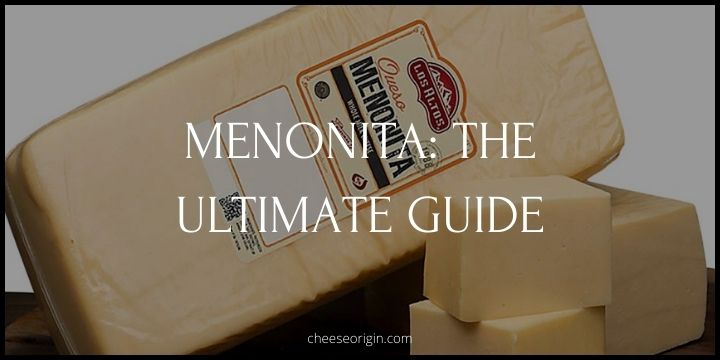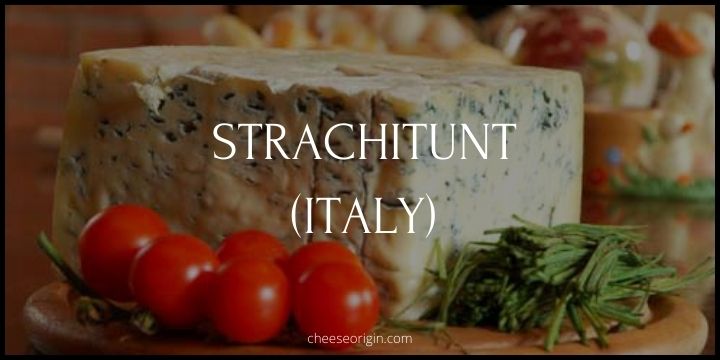What is Requesón? An In-depth Guide to Spain’s Ricotta

Welcome to a culinary adventure that will transport you to the vibrant heart of Spain, revealing one of its best-kept secrets – Requesón.
Often compared to Italy’s Ricotta or America’s Cottage Cheese, Requesón is a dairy delight that deserves its own spotlight. This humble cheese, with its rich history and unique production process, has been cherished in Spanish households for centuries.
We’ll explore the origin of Requesón, its traditional making process, and how it has become an integral part of Spanish and Latin American cuisine.
We’ll also dive into the delectable variety of dishes this versatile cheese can enhance. Whether you’re a food lover eager to broaden your culinary horizons, a traveler reminiscing about Spanish delicacies, or just someone who enjoys good cheese, this guide is for you.
Quick Facts About Requesón
| Requesón Cheese | Description |
|---|---|
| Origin | Spain |
| Milk Source | Cow’s, sheep’s, or goat’s milk |
| Texture | Soft, creamy, and grainy |
| Flavor | Mild, slightly sweet |
| Color | White |
| Aging Process | It is a fresh cheese, so it is not aged |
| Uses | Ideal for desserts, salads, pastries, and as a spread |
| Production Process | Made from whey leftover from the production of other cheeses |
Unlike many other types of cheese, requesón is not aged. This results in a soft, creamy, and grainy texture that is perfect for spreading on bread or using in various dishes. It is commonly used in desserts, salads, pastries, and many traditional Spanish dishes.
What kind of cheese is Requesón?

Requesón is a fresh, soft cheese that originates from Spain. It’s similar to Italian Ricotta or American Cottage Cheese in terms of texture and taste.
It’s made by reheating the whey left over from the production of other cheeses, which is where it gets its name; ‘requemar’ in Spanish means ‘to reheat’.
The result is a creamy, slightly sweet cheese that is often used in both savory and sweet dishes. Requesón is high in protein and low in fat, making it a healthier choice compared to many other cheeses.
Is Requesón the same as Ricotta cheese?
While Requesón and Ricotta are similar, they are not exactly the same. Both are fresh cheeses made from the whey left over from making other cheeses, which gives them a similar texture and slightly sweet taste. However, there are some differences.
| Aspect | Requesón | Ricotta |
|---|---|---|
| Origin | Spain | Italy |
| Traditional Milk Source | Cow’s milk whey | Sheep’s milk whey |
| Production Method | Reheating the whey | Adding an acid to the whey |
| Texture | Slightly grainy | Creamy |
| Taste | Less sweet | Slightly sweeter |
| Use in Recipes | Often used in both savory and sweet dishes | Commonly used in pasta dishes, desserts, and on toast |
Ricotta, which originates from Italy, is traditionally made from sheep’s milk whey, while Requesón, from Spain, is often made from cow’s milk whey.
The method of production can also vary. For example, Ricotta is usually made by adding an acid like vinegar or lemon juice to the whey to form the curds, while Requesón is typically made by simply reheating the whey.
In terms of taste and texture, Ricotta tends to be slightly sweeter and creamier than Requesón, which is a bit grainier. Despite these differences, the two cheeses are often used interchangeably in recipes.
>> Click here to read our in-depth guide on Ricotta
Is Requesón the same as Cottage cheese?
Again, Requesón and Cottage Cheese are similar but not the same. Both are fresh cheeses, meaning they are not aged, and both have a slightly grainy texture.
However, there are some differences:
- Origin: Requesón is a Spanish cheese, while Cottage Cheese is commonly found in English-speaking countries like the United States and United Kingdom.
- Production: Requesón is typically made from leftover whey, while Cottage Cheese is made directly from cow’s milk.
- Texture and Taste: Requesón is often smoother and creamier, with a slightly sweet flavor. Cottage Cheese is chunkier and has a mild, slightly tangy taste.
- Nutrition: Both cheeses are high in protein, but Cottage Cheese typically has more sodium.
Here’s a comparison table for easy reference:
| Aspect | Requesón | Cottage Cheese |
|---|---|---|
| Origin | Spain | English-speaking countries |
| Production | Made from leftover whey | Made from cow’s milk |
| Texture | Creamy and smooth | Chunky |
| Taste | Slightly sweet | Mild and slightly tangy |
| Nutrition | High in protein, typically lower in sodium | High in protein, typically higher in sodium |
>> Click here to read our in-depth guide on Cottage Cheese
What is Requesón made of?
Here are the basic steps involved in making Requesón:
- Heat the whey: The leftover whey is heated until it reaches a high temperature.
- Form the curds: Unlike many other cheeses, Requesón doesn’t typically involve adding an acid or rennet to form the curds. Instead, the heat alone causes the proteins in the whey to coagulate and form curds.
- Strain the curds: The curds are then strained from the liquid and allowed to drain.
- Season and serve: The resulting cheese is often lightly salted before serving. It has a slightly sweet flavor and a texture that can vary from creamy to grainy, depending on how long it’s drained.
The exact method and ingredients can vary depending on regional and personal preferences. Some versions of Requesón may also include cream or other additions to alter the taste and texture.
Also read: Cheese Curds: The Unsung Heroes of the Dairy World
Requesón tasting notes
- Texture: It has a creamy and slightly grainy texture, similar to ricotta. The texture can vary from very soft to slightly firm depending on how long it’s drained.
- Flavor: Requesón has a mild, slightly sweet flavor. It lacks the tanginess of some other fresh cheeses like cottage cheese.
- Aromas: It generally has a fresh, milky aroma.
- Color: The color of Requesón is usually white.
- Pairings: Due to its mild flavor, Requesón pairs well with both sweet and savory ingredients. It can be used in desserts, spread on toast, or incorporated into pasta dishes.
Is Requesón healthy?
Benefits:
- High in Protein: Requesón is a good source of protein, which is essential for building and repairing tissues in the body.
- Low in Fat: Compared to many other types of cheese, Requesón is relatively low in fat, making it a good choice for those watching their fat intake.
- Rich in Calcium: As a dairy product, Requesón is a good source of calcium, which is important for bone health.
- Contains B Vitamins: Requesón contains B vitamins, particularly B2 (riboflavin), which helps the body break down carbohydrates, proteins, and fats to produce energy.
Considerations:
- Sodium Content: Some versions of Requesón can be high in sodium, which can contribute to high blood pressure if consumed in excess.
- Lactose Content: As a dairy product, Requesón contains lactose, which can be difficult for some people to digest.
- Calories: While it’s lower in fat than many cheeses, Requesón still contains calories that need to be accounted for within your daily intake.
As with any food, it’s important to consume Requesón as part of a balanced diet. If you have specific dietary concerns or health conditions, you should consult with a healthcare provider or nutritionist.
Requesón nutrition facts
| Nutritional Component | Amount per 100g |
|---|---|
| Calories | 90 – 120 |
| Carbohydrates | 1 – 3.2g |
| Fat | 1 – 8.2g |
| Protein | 2 – 6.6g |
What goes well with Requesón?
Food that goes well with Requesón
| Category | Foods |
|---|---|
| Appetizers/Snacks | Taquitos de Requesón with Salsa Ranchera, Requesón on crackers with guava paste |
| Main Dishes | Requesón Sopes with Poblanos and Herbs, Easy Requesón Taquitos topped with Cotija cheese, Mexican dishes like empanadas, tamales, enchiladas, and taco fillings |
| Side Dishes | Requesón served on hearty whole-grain bread |
| Desserts | Used in various desserts, similar to ricotta |
| Breakfast/Brunch | Spinach & Requesón Squares (can be served for brunch), Ricotta toast |
Beverage that goes well with Requesón
| Category | Beverages |
|---|---|
| Alcoholic Beverages | Soave and Grechetto wines, Rum drinks |
| Non-alcoholic Beverages | Tea, Coffee, Drinking chocolate, Lemonade, Soda, Chicha Morada |
| Brunch Beverages | Citrus-y cocktails like Big Tom’s Sour (includes rum, fresh orange and pineapple juice, lemon) |
| Dessert Pairings | Sweet wines |
The history and origin of Requesón
Requesón, a fresh cheese popular in Mexico and Spain, has a rich history that starts from Italy. It is essentially the locally modified version of Italian Ricotta. The introduction of Ricotta to Spain led to the creation of Requesón, which was later brought to Latin America.
The origin of cheese-making in Mexico begins with the Spanish conquest, as dairy products were unknown in pre-Columbian Mesoamerica. Spanish settlers started making cheeses like Requesón and Queso Fresco in the early to mid-1800s.
Requesón is a South American whey cheese that is inspired by Ricotta. It has a somewhat grainy texture and is typically white in color. In some regions, like El Salvador, cheeses such as requesón can sometimes be transported wrapped in banana leaves.
Additionally, Requesón has a tropical character, often curdled with Seville orange juice (also known as bitter or sour orange) and speckled with orange peel. This gives it a unique flavor profile compared to other cheeses.
In conclusion, Requesón is a testament to cultural fusion and adaptation, having roots in Italy, being modified in Spain, and further evolving in Latin America.
Frequently Asked Questions
1. Does Requesón have lactose?
Requesón does contain lactose. As a dairy product made from whey and a mixture of cow’s, goat’s, and/or sheep’s milk, it inherently carries lactose, a sugar found in milk.
However, the lactose content can vary, often being relatively high due to its high moisture content.
2. How to pronounce Requesón in English?
The pronunciation of “Requesón” in English would be something like: “reh-keh-SOHN”.
Here’s a breakdown:
- “Reh” as in red (without the ‘d’)
- “keh” as in kettle
- “SOHN” as in song (without the ‘g’)
It’s worth noting that the Spanish “r” is not typically pronounced as harshly as the English “r”, and the “e” is more like the “e” in “bet”. The accent falls on the final syllable, “SOHN”.
3. How to store Requesón?
Storing Requesón properly is crucial to maintain its freshness and prevent spoilage. Here are some steps to follow:
- Refrigeration: After purchase, Requesón should be refrigerated immediately. It should be kept at a temperature below 40°F (4°C).
- Proper Container: Store Requesón in an airtight container to prevent it from drying out and absorbing other flavors from the fridge.
- Use By Date: Always pay attention to the ‘use by’ date on the packaging. However, if you’ve opened the cheese, it’s generally best to use it within one week.
- Freezing: If you wish to store Requesón for a longer period, you can freeze it. However, keep in mind that freezing may alter the texture of the cheese, making it more crumbly once thawed. To freeze, place the cheese in an airtight container or heavy-duty freezer bag.
- Thawing: When you’re ready to use the frozen Requesón, let it thaw in the refrigerator. Avoid thawing at room temperature as it can encourage bacterial growth.
Remember, if you see mold or detect an off smell, it’s best to discard the cheese. It’s always better to err on the side of caution when it comes to food safety.
Also read:
- The Ultimate Guide to Gruyère: A Swiss Delicacy
- Mastering the Art of Smoked Gouda: Your Ultimate Cheese Guide
- Comté Cheese: The Golden Essential of Every Cheeseboard
- Utz Cheese Balls: The Ultimate Guide (Taste the Tradition)
- The Ultimate Guide to Raclette Cheese: A Melted Delight
- The Ultimate Guide to Grana Padano: Italy’s Hidden Gem
- Fior di Latte: A Comprehensive Guide to Italy’s Creamy Delight





